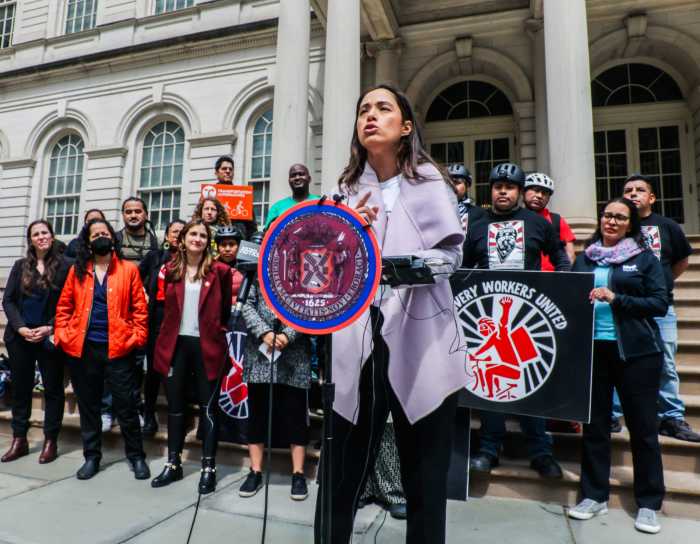
The future of lower Manhattan’s Manufacturing District is now in the hands of the approximately 8,000 New Yorkers who live in NoHo and SoHo.
Beginning Feb. 6 and continuing through the first half of the year, Manhattan Borough President Gale Brewer, City Councilwoman Margaret Chin and the Department of City Planning will host public meetings to discuss matters of interest to area residents and business owners in these “unique” areas. The meetings will address housing, jobs, retail and creative industries.
Dubbed an area with a “long, fascinating history” filled with creative minds and historic streets by DCP director Marisa Lago, the goal of the conversation series is to gain insight on what the community wants to prioritize for the future of its neighborhoods. The findings of the meetings will be presented in a report, expected to be released this summer, and will be included in the city’s planning process.
“Every neighborhood in our city is unique — but none more so than SoHo and NoHo,” Lago said in a news release Friday. ". . . But like all neighborhoods, SoHo and NoHo face unique challenges, not the least of which is outdated zoning.”
The last time these districts were zoned was in 1971, which city officials say creates a challenge to the progress of the neighborhood. Although plans for Brewer, Chin and DCP representatives to speak with locals were announced Friday, talk of rezoning the districts has been circulating since September, according to published reports.
As businesses have continued to make their way into the districts, which were mainly filled with artists since the 1970s, the regulations regarding retail and residential spaces have become muffled. Brewer suggested the future of the neighborhoods should include a focus on the arts and technology as 25 percent of jobs in the districts remain in creative fields.
“SoHo and NoHo need room for creativity, artists, artisans, workshops and tech,” she said. “A comprehensive look at the neighborhood’s zoning that incorporates input from stakeholders will help us chart a better path forward.”
The city will focus its attention on a list of individuals, organizations, business and property owners and historic preservation advocates, including Broadway Residents Coalition, Cooper Union, Landmarks Conservancy, Lower Manhattan Cultural Council, New York University, NoHo Neighborhood Association, NYC Loft Tenants, and SoHo Design District, among others.
The location and time of the Feb. 6 meeting, as well as information about future meetings, will be available on DCP’s website. The city is also developing another website with more information on this planning process. SohoNoho.nyc is expected to launch within the coming months.




































